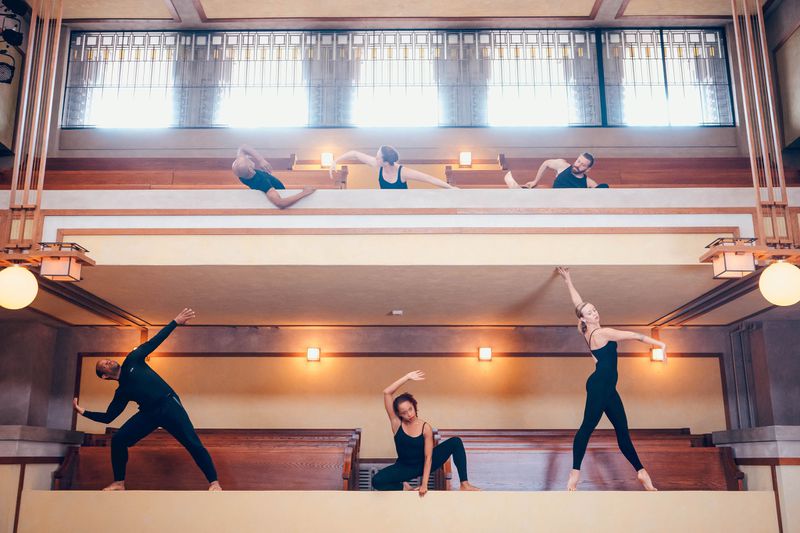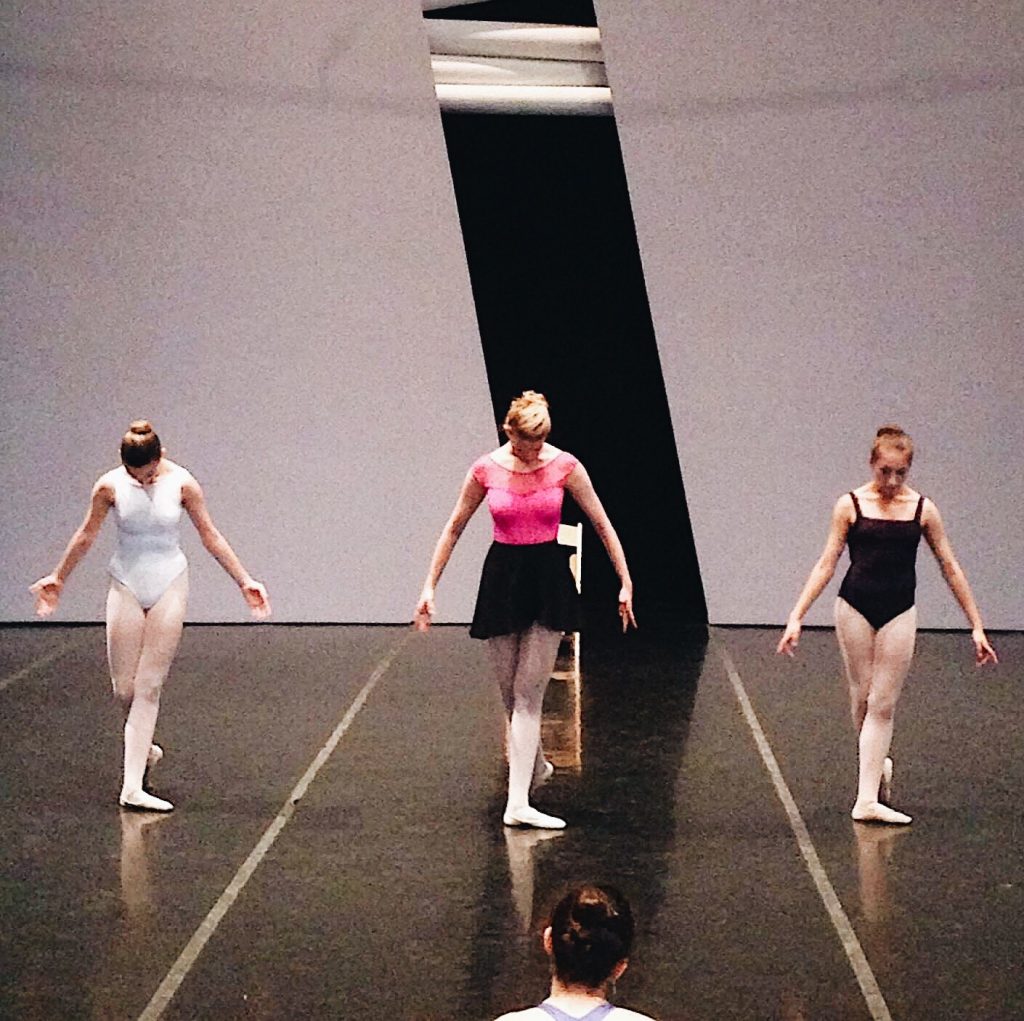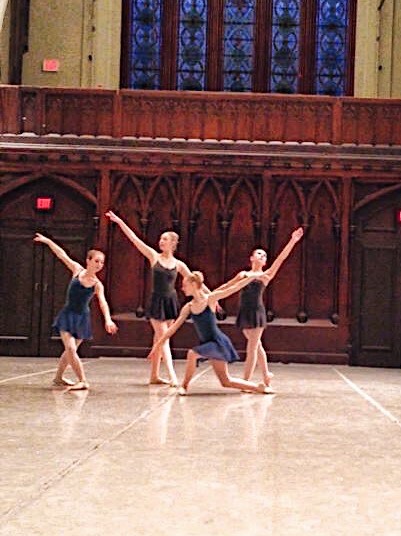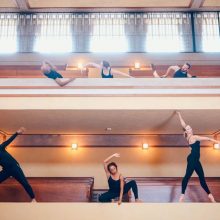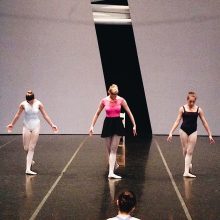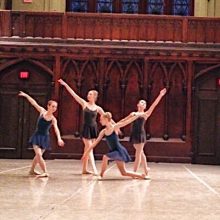Unity Temple, designed by famed American architect Frank Lloyd Wright, was originally built in 1908. In 2017, EverGreene was part of the team that conserved and restored the interior of the building. As a national historic landmark and iconic piece of American architecture, Unity Temple Restoration Foundation (UTRF) has often hosted musical performances, but this dance showcase by Winifred Haun & Dancers is the first dance performance to take place inside Unity Temple. Beyond serving as a venue to showcase their art, the dance company was inspired by the architecture of the building and made the space an active participant in the performance. There have been dance performances at Unity Temple dating back to the early 20th century. Since EverGreene’s restoration, the UTRF has hosted several dance programs and plans on continuing to present three to four per year.
Although Unity Temple still serves its congregation as an active church, sharing of space for alternative purposes falls under the trend of adaptive reuse. The arts are no stranger to adaptive reuse and space sharing as many dance companies, theater troupes, and summer camps can not afford to rent or own their own space. The solution has often been to form a symbiotic relationship with an existing building that is not in use every day.
Churches serve their communities in a wide variety of ways but their buildings sometimes stand empty for most of the week. I myself grew up going to a community arts summer camp held in a church and in high school, was part of a ballet school that had its studios in a church. (That’s me in the photograph wearing pink!) Jose Mateo Ballet Theater, in Cambridge, MA shared the space of the Old Cambridge Baptist Church (OCBC) with the church congregation. The Ballet company has converted the large sanctuary spaces of the Gothic Revival church into dance studios with mirrors and special flooring that dancers need. The largest area in the sanctuary of the church hosts both Sunday services for the congregation as well as the performances of the dance company. As with the Winifred Haun & Dancers performance in Unity Temple, the architecture of the OCBC itself was a member of our classes, a teacher of lines and grace, and a performance space that brought a new level of history and reverence to our showcases.
Adaptive reuse and space sharing are not just trends based on cost savings. Often this becomes a sustainable and community-minded choice. It’s simple, instead of building a new space, renovating an existing one to fit the purpose of an organization, this option showcases an important way to revitalize communities and recycle existing buildings. Abandoned or underused buildings that previously did not add in any way to the community around it can be transformed into community centers, theaters, and educational facilities. These “renewed” buildings can offer even more to their communities than just the opportunity for enrichment. Giving a second life to buildings in this way can bring jobs to the area, income to surrounding businesses, and generally encourage the development of their part of the city. There is a broader conversation to be had, about the importance of the arts and how they can serve a much-needed purpose in our neighborhoods throughout the country.
EverGreene, including myself, are so excited to see these trends of adaptive reuse, community building, and sustainability. We actively look to continue our involvement with these types of projects in the future.
Article authored by Bonnie Whitehouse, Former Business Development Coordinator
